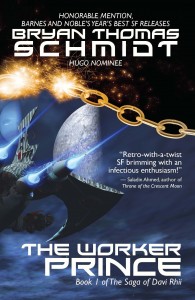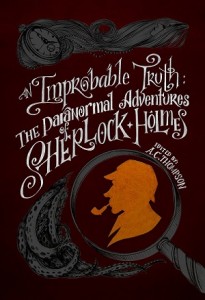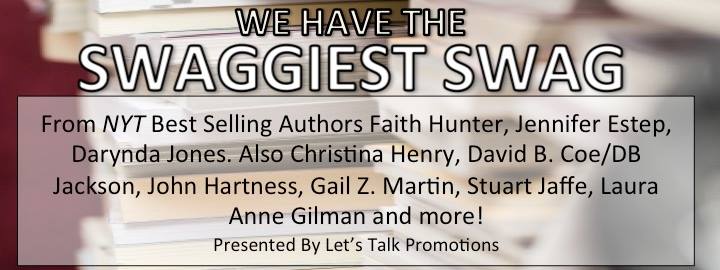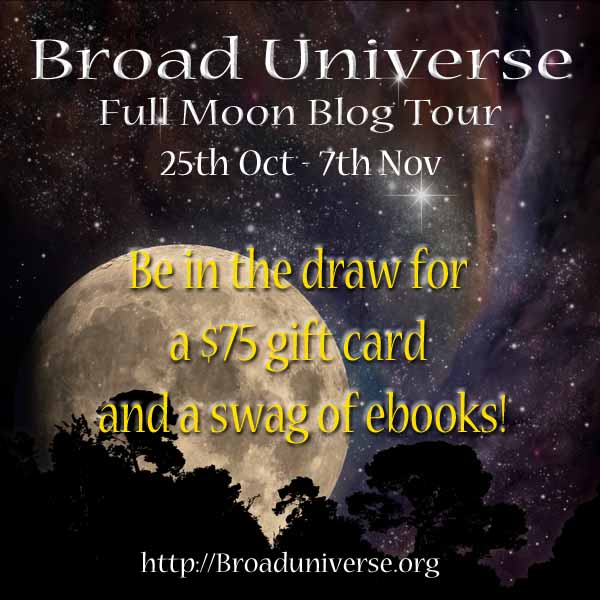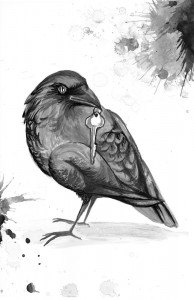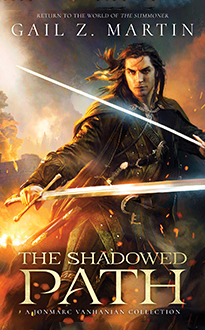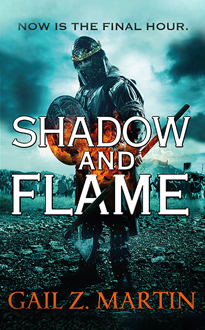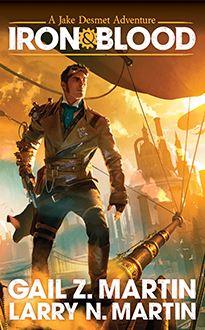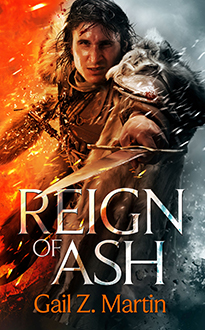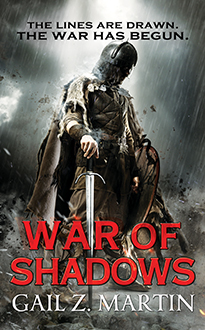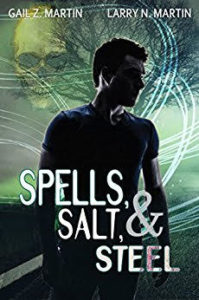The Side of Good/The Side of Evil is a book of superheroes and super villains by some of your favorite authors, including Larry and me! It’s available for pre-order now here: https://amzn.com/1942990030 Now enjoy one of several interviews as our authors take you behind the scenes!
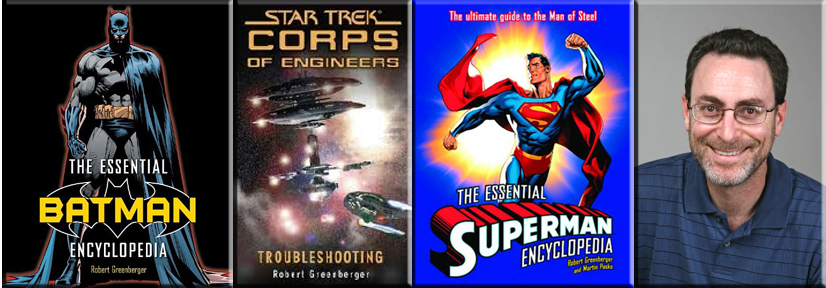
eSpec Books interviews Robert Greenberger, contributor to The Side of Good / The Side of Evil, a Superhero Flipbook anthology, https://tiny.cc/SoGSoE.
eSB: What drew you to this project?
RG: Danielle’s winning smile as she explained what the book was about so I asked her if I could come play. After all, I grew up on comics and super-heroics is in my DNA.
eSB: Which side are you writing for?
RG: I’m writing for the side of good. Most super-hero comics are serialized and with the reboots and all, the major heroes never retire, never really question when the time comes. With the freedom of a short story, I decided that would make for an interesting story.
eSB: What got you interested in superheroes/villains?
RG: I was six and home sick with bronchitis. Mom brought me an issue of Superman and I was hooked. Something about the colorful figure, the super-powers, and – I am guessing here – the not being ill was really appealing. Since then I like the larger than life figures, which is why I am also drawn to mythology.
eSB: If you could have one superpower, what would it be and how would it work?
RG: I usually say I want a power ring which can do so many things, great and small. Or, I would love to fly. First, it would cut down on my commute to school and second, it would just be damn cool.
eSB: What would your weakness be and why?
RG: My current weakness is peanut M&Ms. A bag of those and I weaken, my will becomes shot.
eSB: Describe your ideal super suit.
RG: Something akin to speedskaters, sleek in design, not overly colorful. Or something with a cloak so I can hide the paunch from the M&Ms.
eSB: Who is your favorite superhero and why?
RG: I am drawn to many but usually will tell you its Green Lantern. First of all, he’s fearless (save the psychobabble about that for another time) plus out of billions of people, the ring chose him to join this corps that is out to protect the universe. That’s an awesome power matched with an awesome responsibility.
eSB: Who is the villain you love to hate, and why?
RG: I don’t think I hate any one villain, but I do hate the C-list guys who have a cheesy name or poor motivation. They’re badly conceived by lazy or desperate writers then hang on when other writers need cannon fodder.
eSB: In your opinion, what characterizes a hero?
RG: Using power (however it has been derived) for the greater good. Willing to sacrifice yourself for higher ideals. Doing what must be done regardless of the obstacles.
eSB: In your opinion, what characterizes a villain?
RG: Using power (however it has been derived) for selfish gain. Unwilling to serve society and acting entirely against the public good.
eSB: What is your viewpoint on Sidekicks?
RG: Many benefit from having someone to watch your back or someone to talk to. There’s a great deal of loneliness that comes with power so this can help ground the hero. Of course, not all sidekicks should be minors, that brings up other issues.
eSB: What other comic or superhero-related work have you done in the past?
RG: 20 years at DC and 1 year at Marvel mean tons of heroes and villains have crossed my desk. I am particularly proud of a series I helped create, Suicide Squad, now becoming a feature film. As a writer, I have written an Iron Man novel, The Essential Batman Encyclopedia, co-written The Batman Vault and The Essential Superman Encyclopedia; and two young reader Batman books. I’ve also done short fiction with Zorro and Captain Midnight so I get around.
eSB: If there was one comic franchise you could work on, which would it be and why?
RG: Can I say the entire DC Universe? If not, the one series I always wanted was Green Lantern (are you detecting a thread here?).
eSB: Fiction or comics, which is your favorite medium and why?
RG: They both appeal in different ways. Fiction is you and your imagination, using strictly words to bring your reader to other places. Comics is collaborative (which I love) and blends words with pictures which is a unique storytelling experience.
eSB: Please tell us about your non-comic related work.
RG: I am a cofounder of Crazy 8 Press, a digital press hub where I write original fiction. The next work there will be a story in the Pangaea anthology, debuting at Shore Leave. I am also a high school English teacher in Maryland. As an author, I have co-written The Further Adventures of Sherlock Holmes; Murder at Sorrow’s Crown, with Steven Savile, due out in December from Titan Books.
eSB: Please let us know where you can be found on social media.
RG: I can be found at www.bobgreenberger.com or on Facebook or twitter @bobgreenberger
eSB: Thank you for allowing this glimpse beneath your alter-ego. We’re looking forward to more super heroics and evil geniuses to come.

